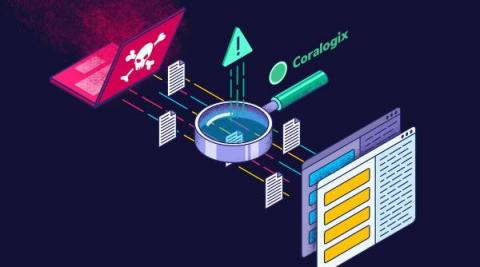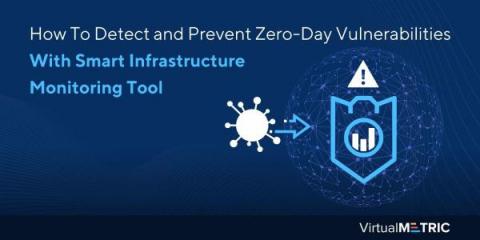Operations | Monitoring | ITSM | DevOps | Cloud
Vulnerability
Chrome zero-day: find devices with vulnerabilities across your inventory
Splunk Indexer Vulnerability: What You Need to Know
A new vulnerability, CVE-2021-342 has been discovered in the Splunk indexer component, which is a commonly utilized part of the Splunk Enterprise suite. We’re going to explain the affected components, the severity of the vulnerability, mitigations you can put in place, and long-term considerations you may wish to make when using Splunk.
How to Mitigate CVE-2022-0847 (The Dirty Pipe Vulnerability)
Dirty Pipe vulnerability is a Linux kernel vulnerability that allows the ability of non-privileged users to overwrite read-only files. The vulnerability is due to an uninitialized “pipe_buffer.flags” variable, which overwrites any file contents in the page cache even if the file is not permitted to be written, immutable, or on a read-only mount, including CD-ROM mounts. The page cache is always writable by the kernel and writing to a pipe never checks any permissions.
DirtyPipe (CVE-2022-0847) - the new DirtyCoW?
JFrog Discloses 5 Memory Corruption Vulnerabilities in PJSIP - A Popular Multimedia Library
SAP HotNews and CVE kernel patch: Securing your SAP systems
How We Used Our Own Platform Capabilities to Prevent Log4j Attacks and Protect Customers
In December, information security researchers discovered a serious vulnerability in the popular open-source logging library, Log4j. If exploited, this vulnerability, known as Log4Shell, could allow malicious attackers to execute code remotely on any targeted computer. Millions of computers use Log4j. According to one study, 93% of all cloud environments are affected by the vulnerability.
How To Detect and Prevent Zero-Day Vulnerabilities With Smart Infrastructure Monitoring Tool
“End of life, end of support, pandemic-induced shipping delays and remote work, scanning failures: It’s a recipe for a patching nightmare.”, federal cybersecurity CTO Matt Keller says. Ensuring a high level of security for your IT infrastructure and being sure you have not missed something is hard to arrange during these days. A zero-day exploit happens when hackers identify a software weakness or a security gap and take advantage of it to perform a cyberattack.
Log4j vulnerability highlights the value of a combined security and observability approach
When we launched AppDynamics with Cisco Secure Application in early 2021, it was the industry’s first integrated application performance management (APM) and runtime application security offering. We made a bold bet that consolidated monitoring would become increasingly important and provide significant benefits such as improved security capabilities and reduced costs. It was the right bet.











